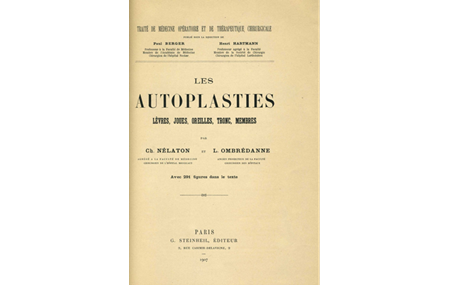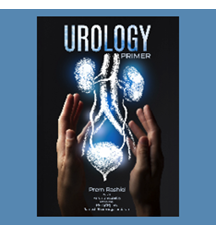2023 | Volume 24 | Issue 3

Author: Professor Felix Behan
This story had its genesis when I saw an SBS program recently about the River Test in Hampshire—the centre of trout fishing in England. This chalk-lined stream is the closest to a virgin waterway. I contacted Ian Taylor, an avid fly fisherman, and he told me it was the Horton Anglers Club where Gillies was a member and Ian had already visited. So, this story is about plastic surgery and its fly-fishing enthusiasts—dare I say addicts.
One of Gillies’ prize catches from the River Test, a stuffed trout, framed the doorway of the Savage Club in the basement of the Constitutional Club off St James in Piccadilly, London. Benny Rank often stayed there thanks to his Melbourne Club reciprocal rights. Even Ted Heath, the prime minister at the time was a member there.

Ian Taylor with his 10-pounder
I was invited to become a member of the Constitutional Club due to my misplaced raincoat, having dined there the night before with Hamilton-Fairley. My application was successful and my address at Nuffield College was possibly enough to sway the balance.
During my NHS days I would take my consultant heads there, as a reciprocal gesture, for their periodic entertainment. They were amazed—as how an import from the Antipodes got into this establishment club—and I would tell them my raincoat story.
Benny Rank often told us Trainees that ‘A plastic surgeon is a general surgeon who has finished his training’.
Melbourne was the microsurgical mecca and the Bernie O’Brien Institute and Ian Taylor’s unit at the Royal Melbourne Hospital were sites for umpteen international figures to continue their training.
The microsurgical background goes back to Dr John Cobbett at the Queen Victoria Hospital who did replants in 1964, before Harry Buncke reported his rabbit ear replantation. So, Bernie O’Brien did the first full microsurgical thoracic wall replacement on a dog while Ian Taylor did the first clinical replacement using a groin flap over a compound ankle. The vascularity of the groin flap had been published initially by Ian Jackson and Robert (Gwyn) Morgan from Canniesburn.
Gillies’ life story covers many vistas from surgical expertise to sporting excellence. His inventive mind made many adaptions to reconstructive ideas, including purloining some pearls of wisdom from Charles Valadier who was working at Boulogne on mutilated patients from the Somme.
General Douglas Haig, senior officer in the British Army at the Western Front from late 1915 and commander at the Battle of the Somme had a sore tooth one day, when his subaltern directed him to Valadier. “The bloke over there at Boulogne is pretty good on teeth”. Needless to say, Valadier solved the problem, removed the molar and Haig was impressed at the amount of work Valadier did for facial injuries and jaw damage.
He asked him, “Why aren’t you treating our troops?” Valadier responded, “The Red Cross won’t give me registration”. Haig contacted the General Medical Council and solved the problem so Valadier could work on the allied troops where Gillies was associated.
After the war, Valadier went back to his dental practice in Paris in the exclusive Neuilly district. He converted his1912 Silver Ghost to carry a dental chair in the back compartment and with the springs reinforced, provided the ultimate home dental service. This Silver Ghost was subsequently sold at auction in 2007 for £720,000 at Bonhams.

After working with Hippolyt Morestin in Paris, personality clashes arose, and Gillies went back to work at Cambridge Aldershot. He established a military hospital there, before the new hospital at Sidcup opened in 1917. He developed techniques of plastic surgery, performing thousands of operations. This treatment centre became the Queen Mary Hospital at Frognal House—the birthplace of Lord Sydney after whom Sydney, Australia was named.
Gillies taught Benny how to put damaged tissue back to anatomical normality employing tissue flaps and tube pedicles from other parts of the body. Gillies purloined some of Ombrédanne’s work from the other side of the Channel claiming originality for the cross-leg flap, but it had already been published.

So, we have Gillies the eminent plastic surgeon of WWI, Gillies the fly fisherman, and Ian another fly-fishing addict who flies to New Zealand regularly to enjoy this sporting outlet, as well as lecturing.

